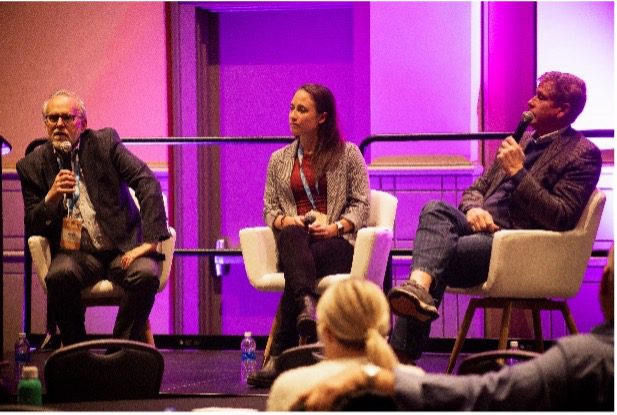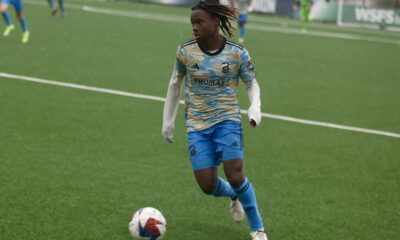Features
Leading researcher seeks to uncover consequences of repetitive head impacts in soccer

Anyone who’s paid attention to sports over the past two decades has heard of CTE. Chronic Traumatic Encephalopathy has dominated headlines ever since the tragic deaths of numerous former athletes, mostly football and hockey players, whose lives were affected by brain injuries sustained over a lifetime of sports. Research in the causes of CTE has…


















